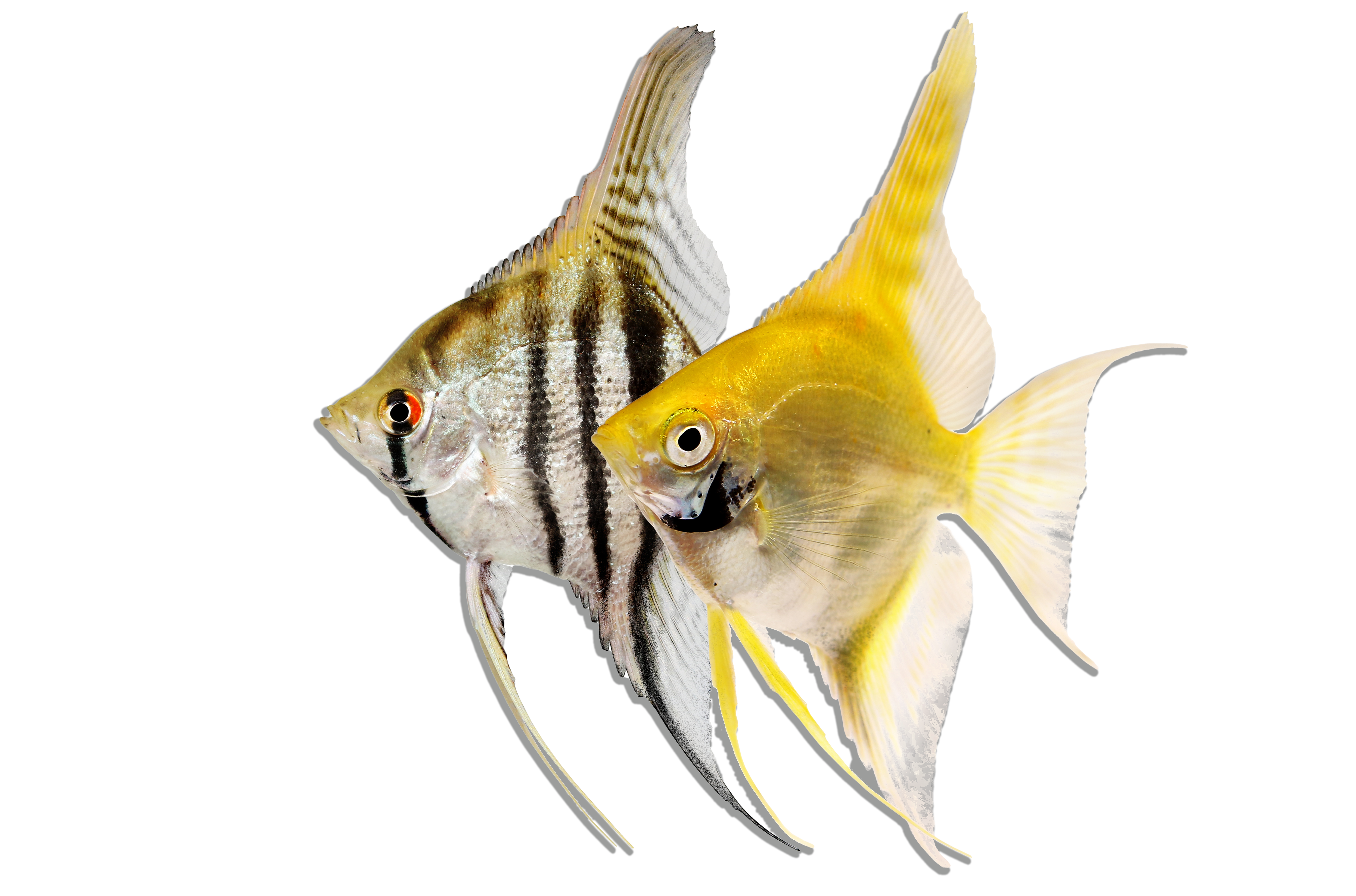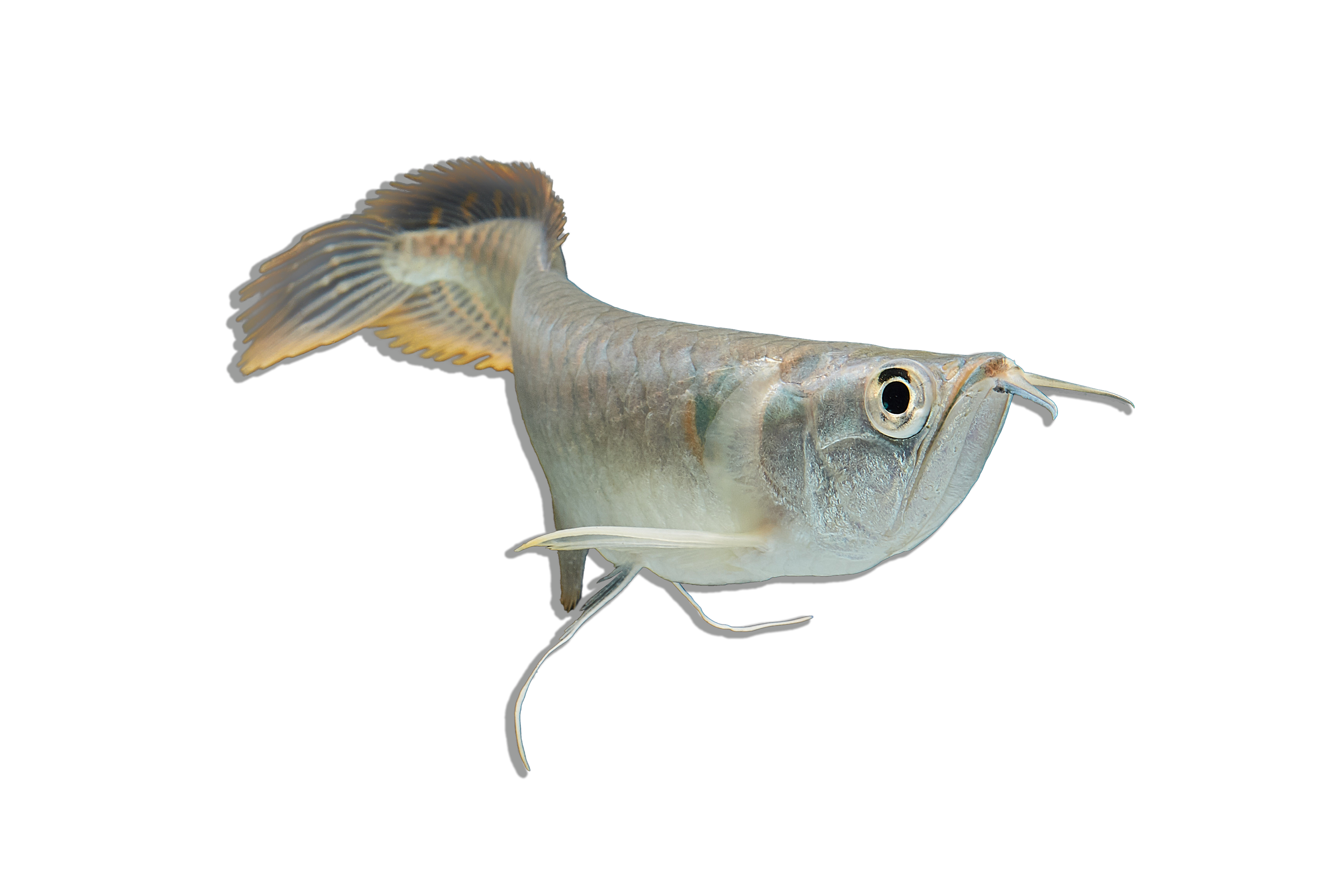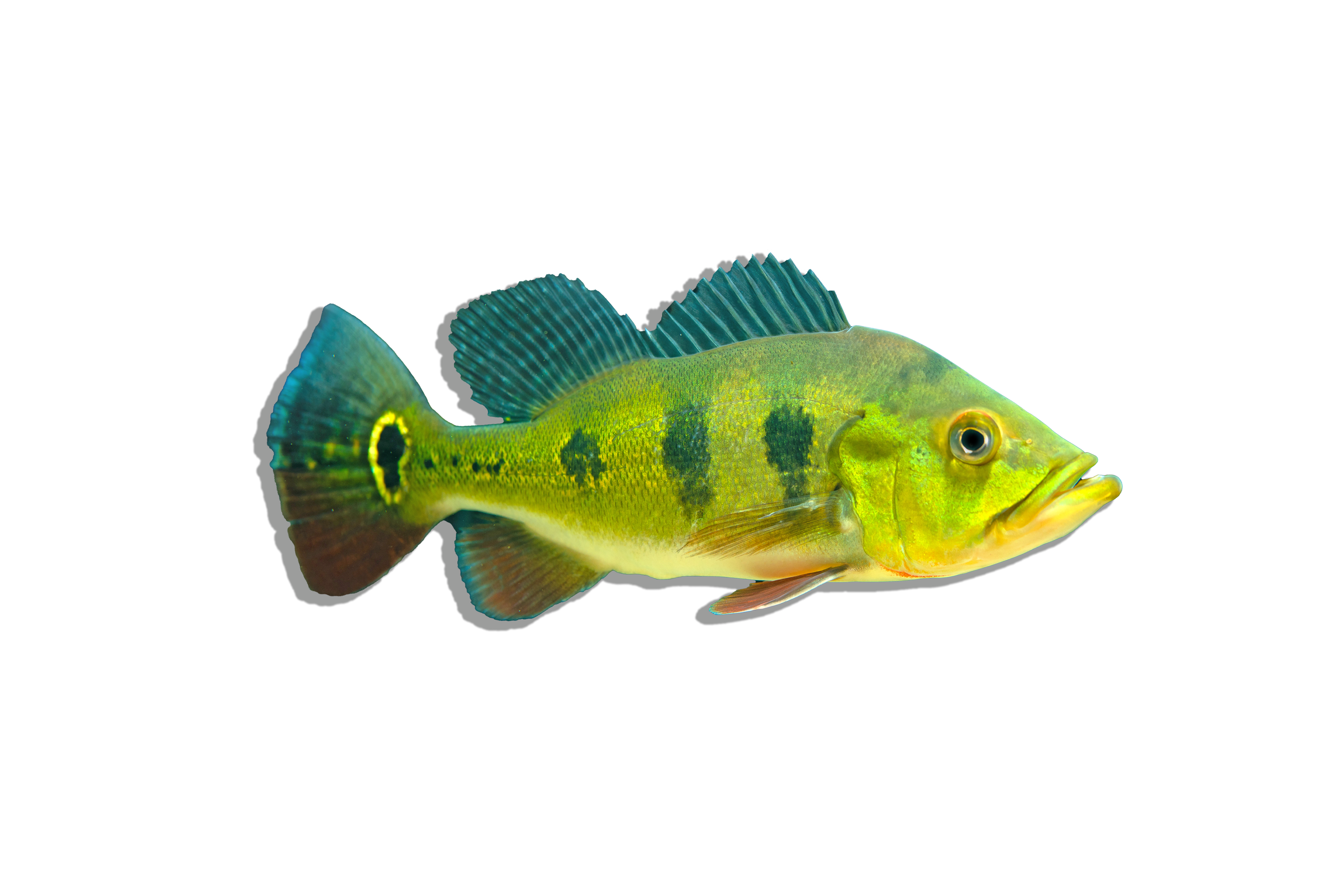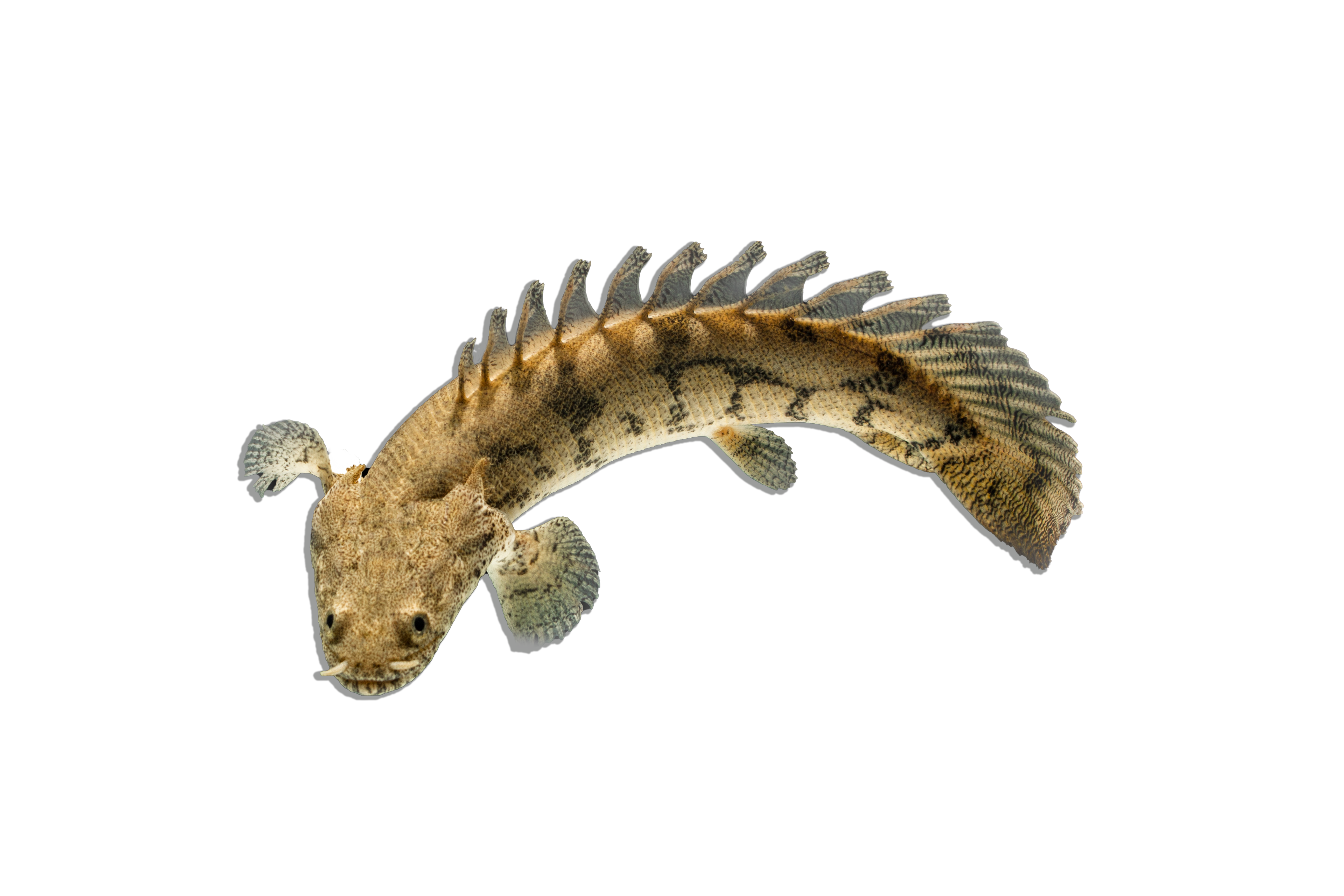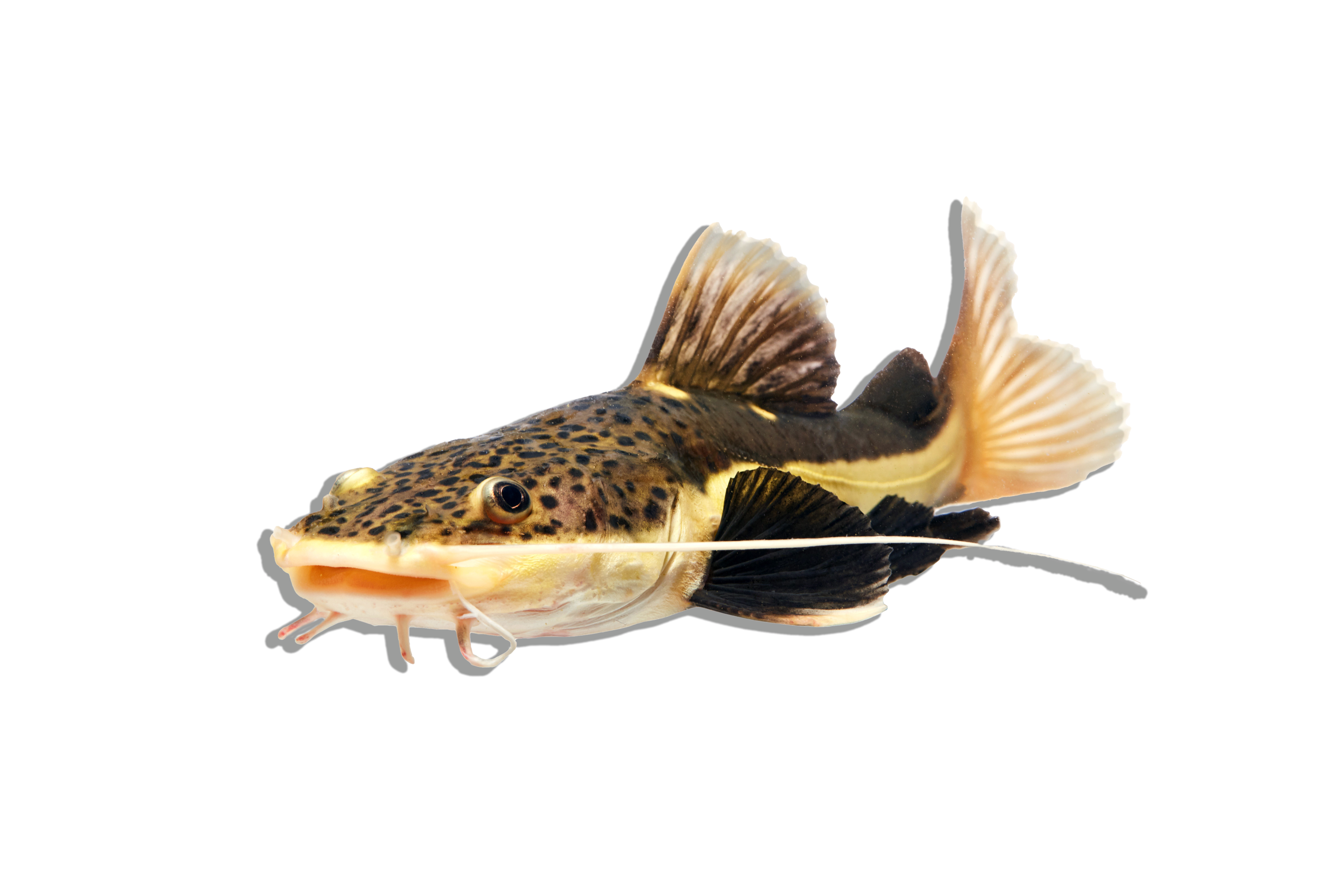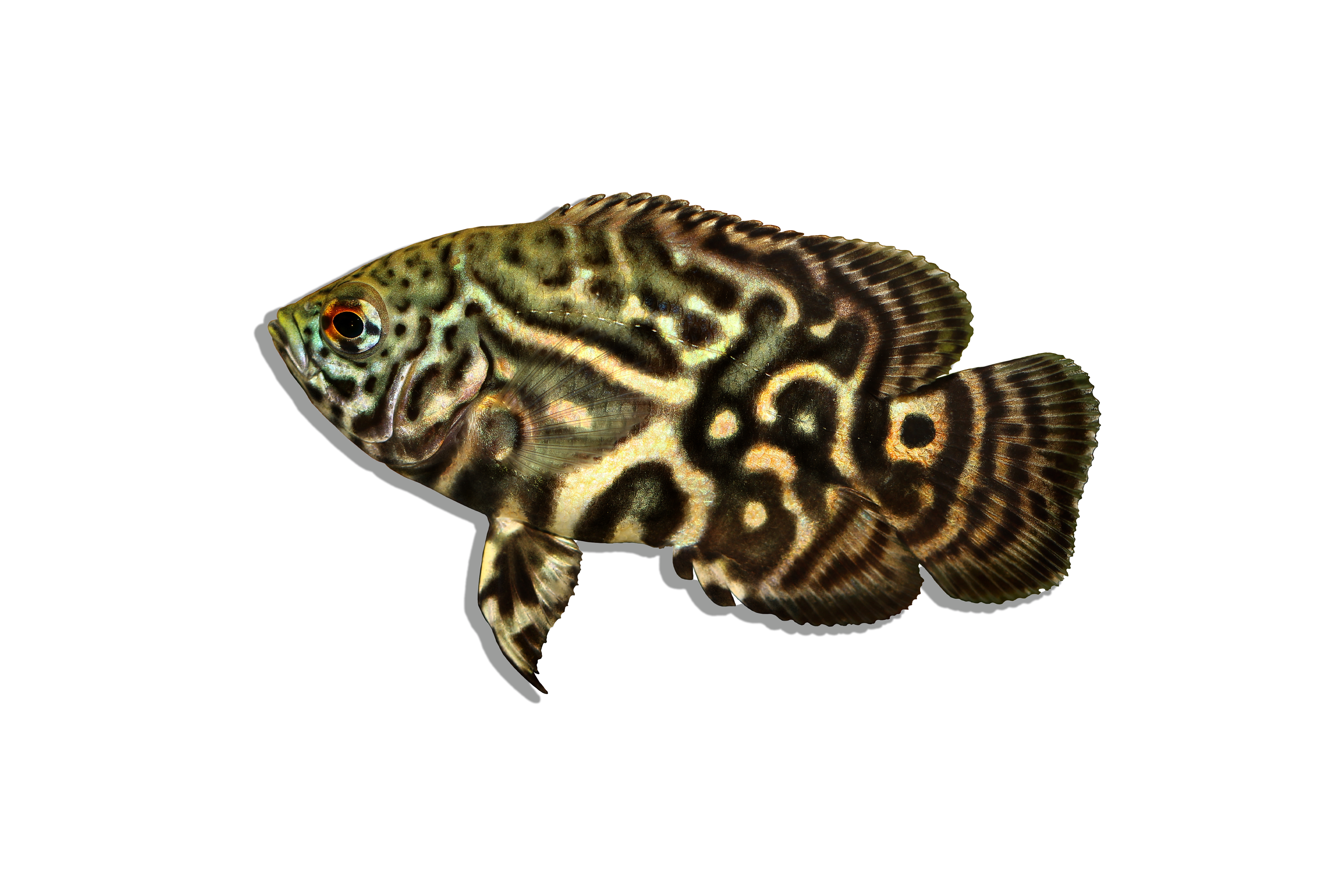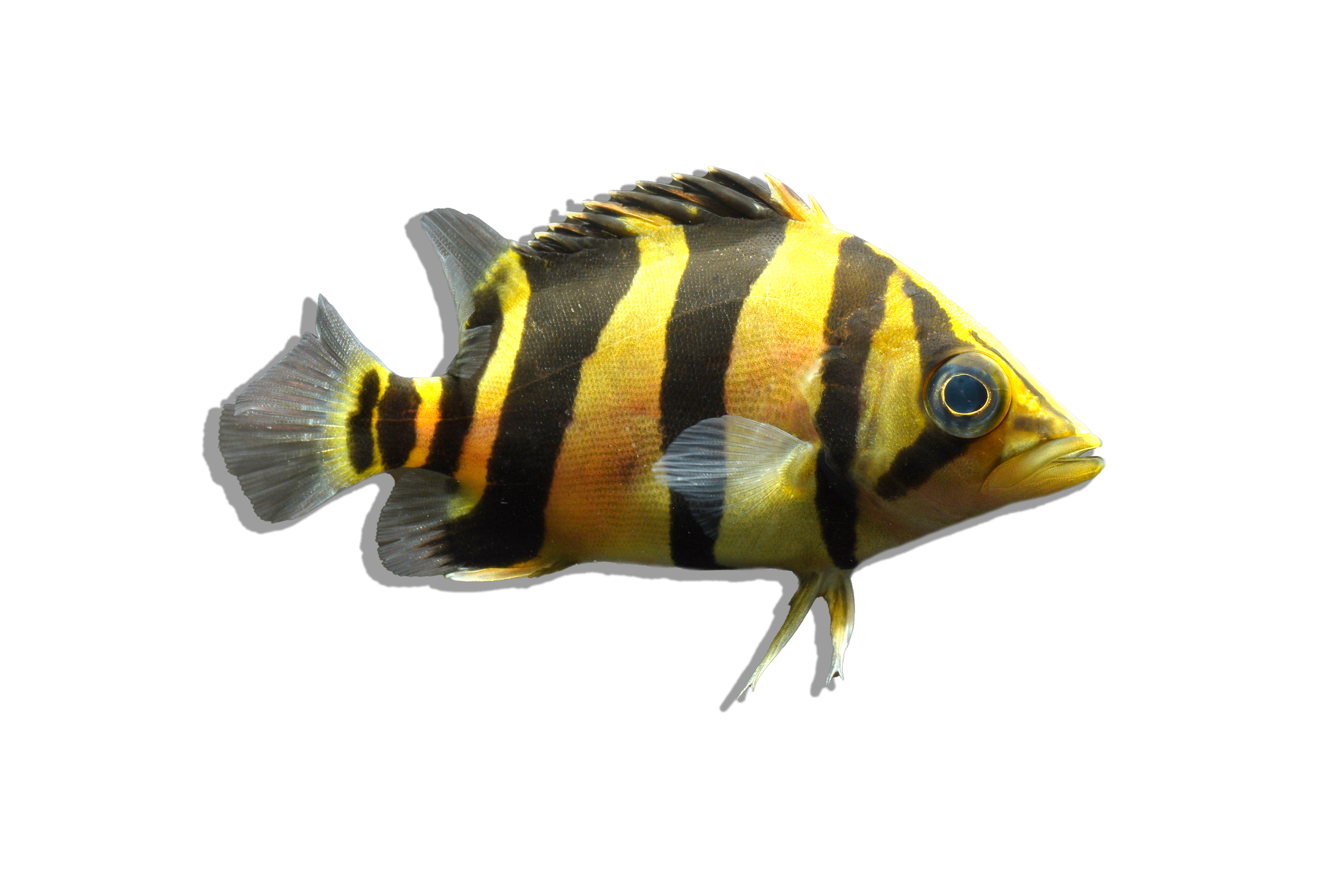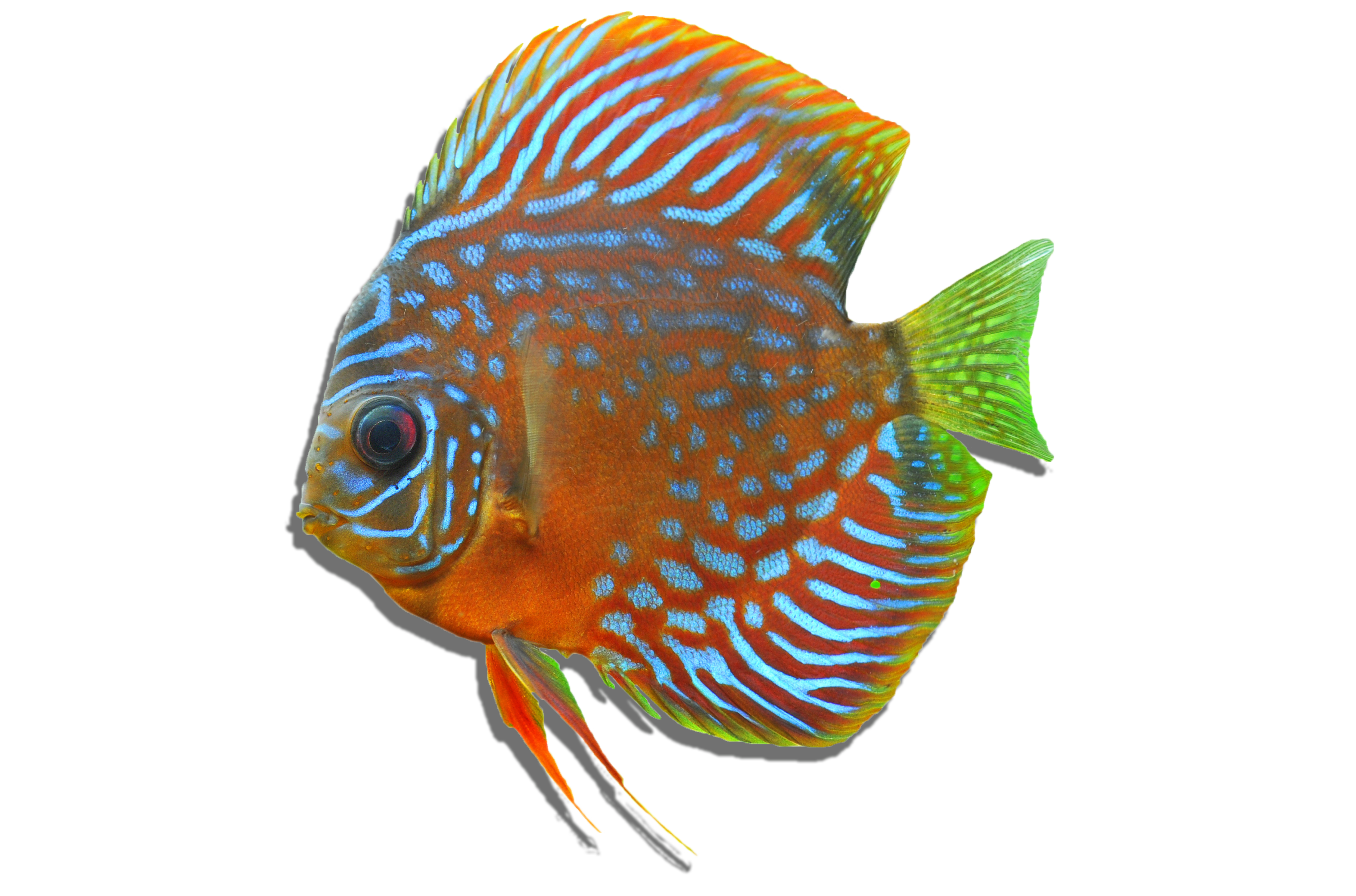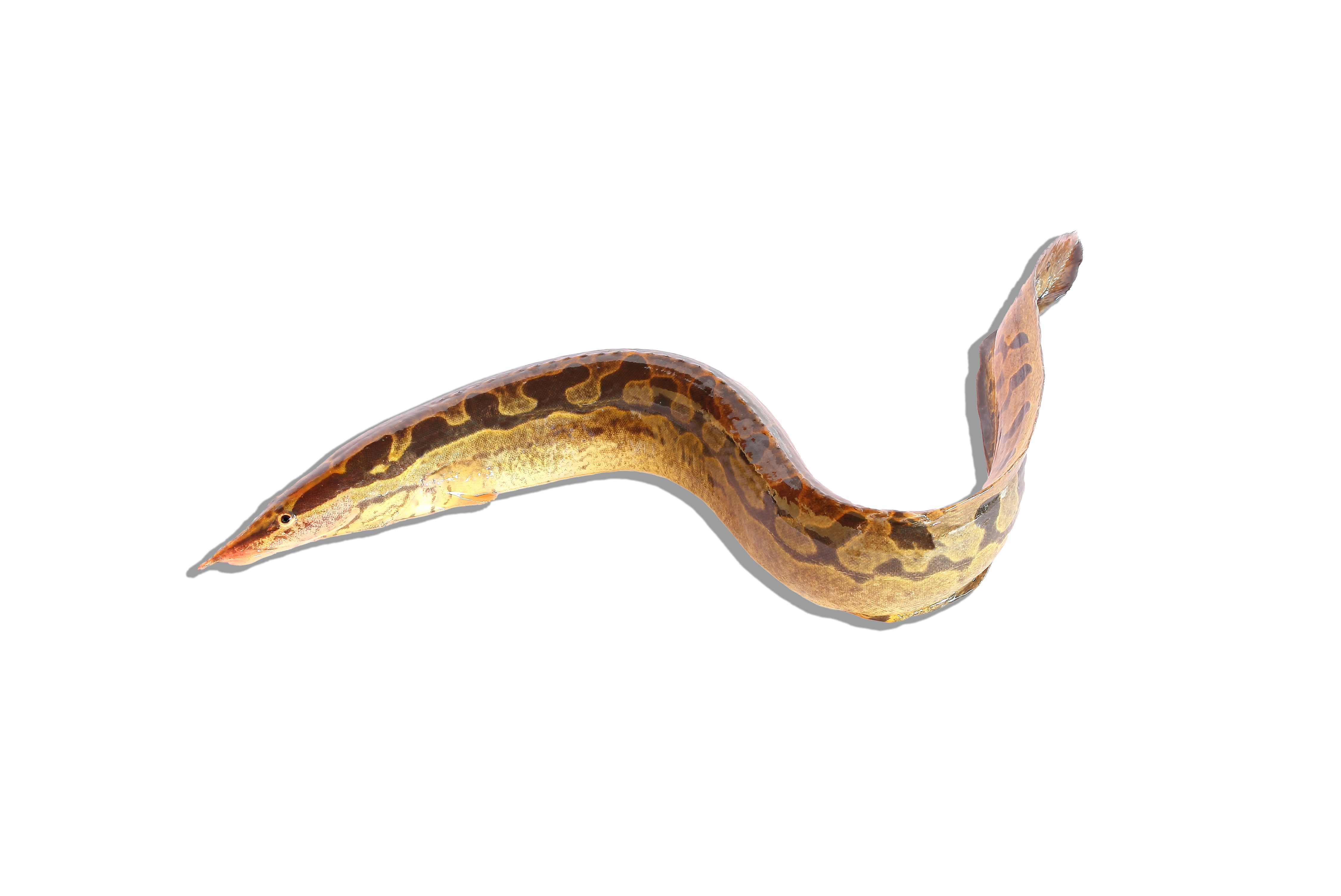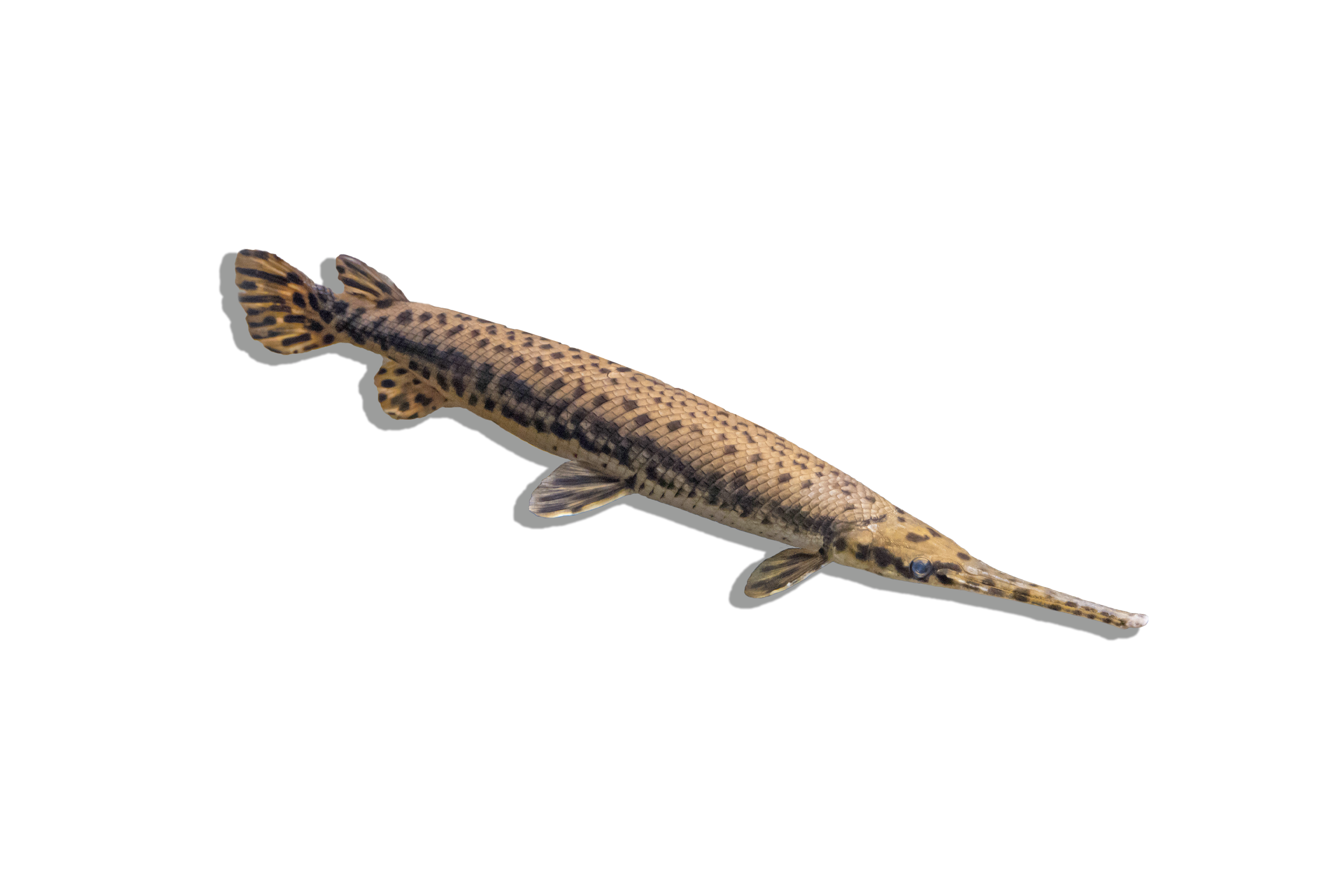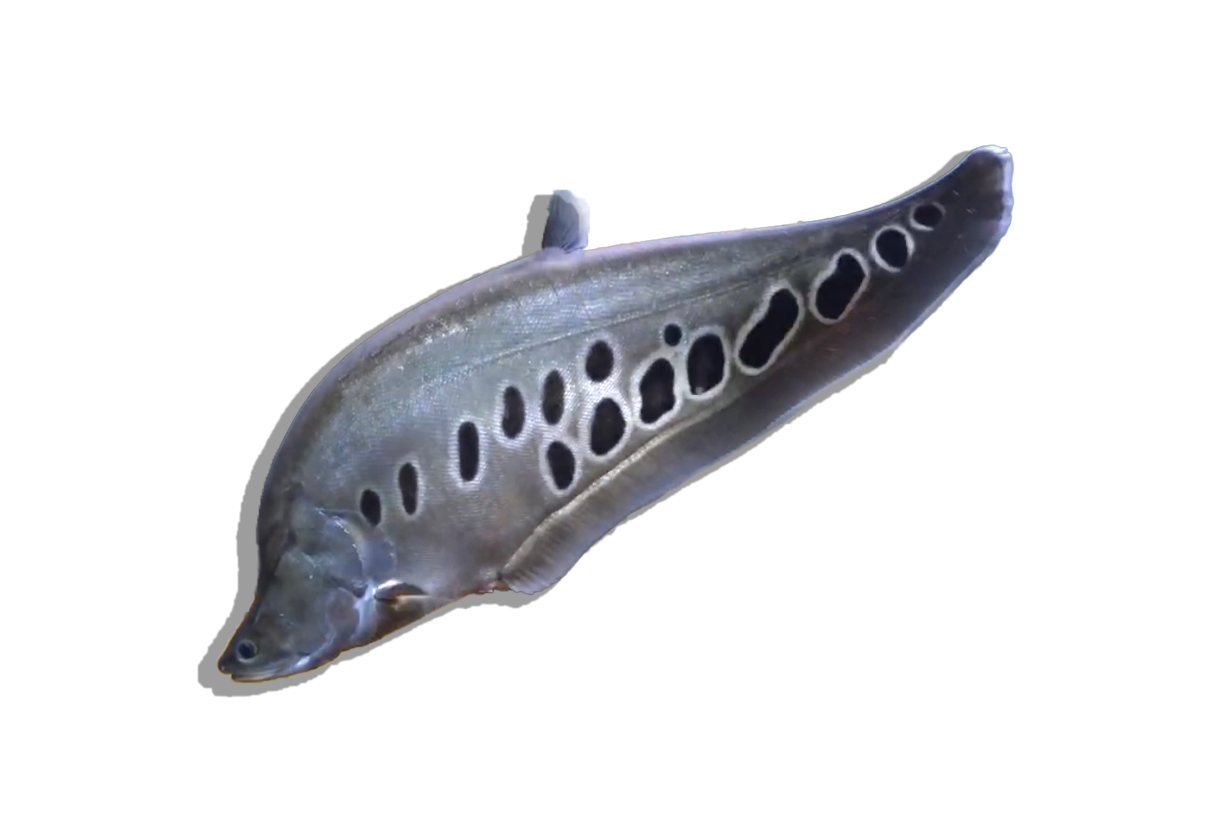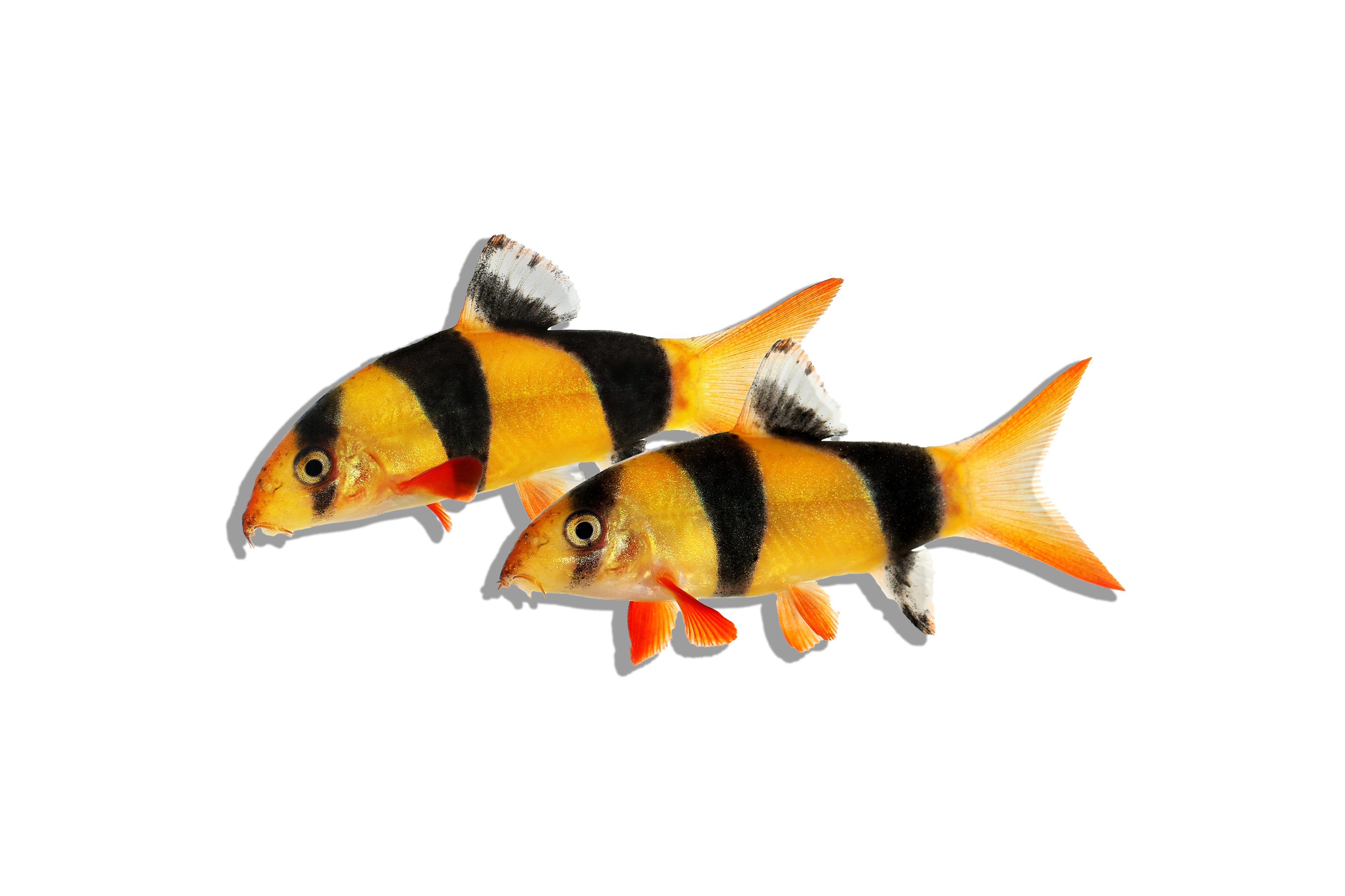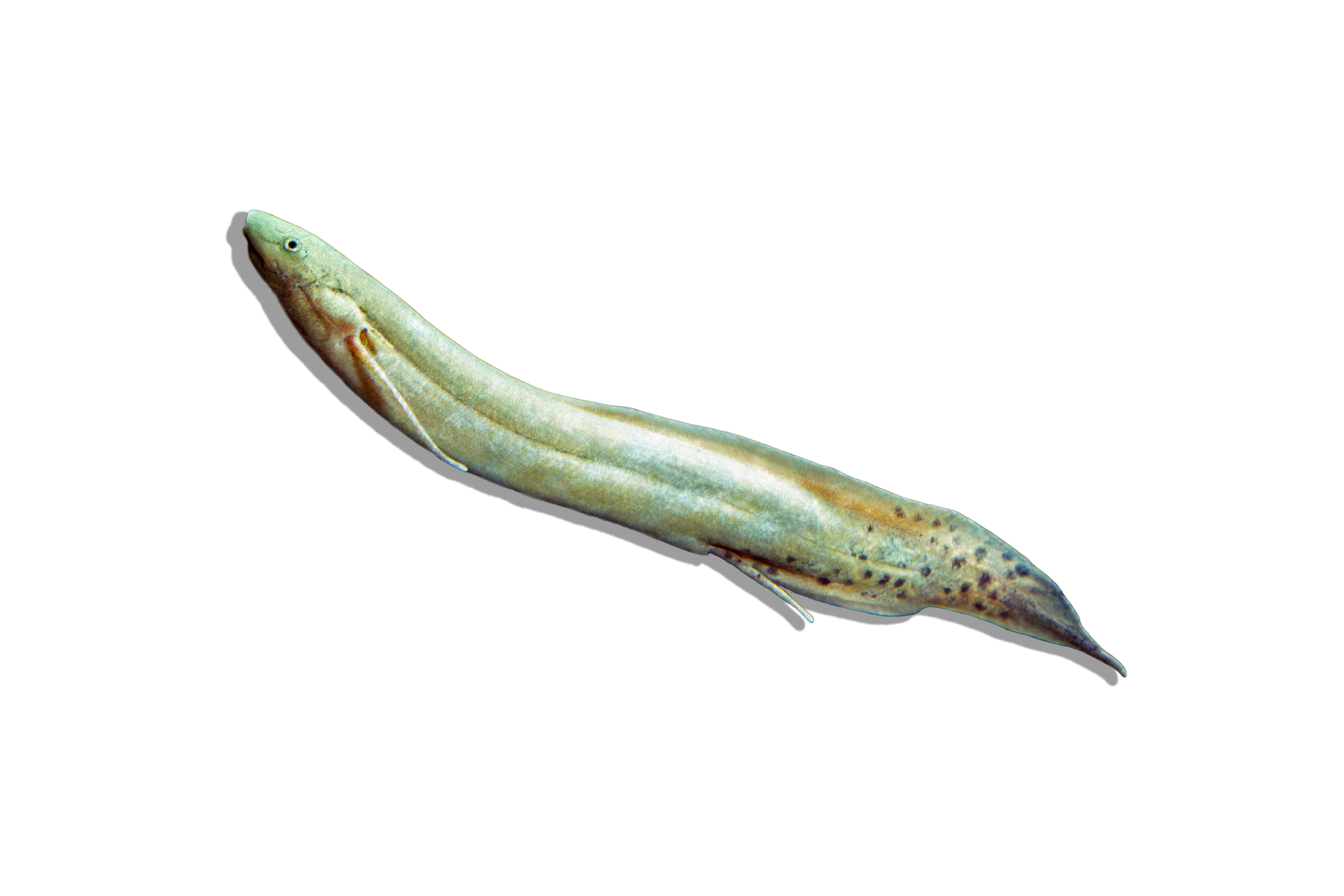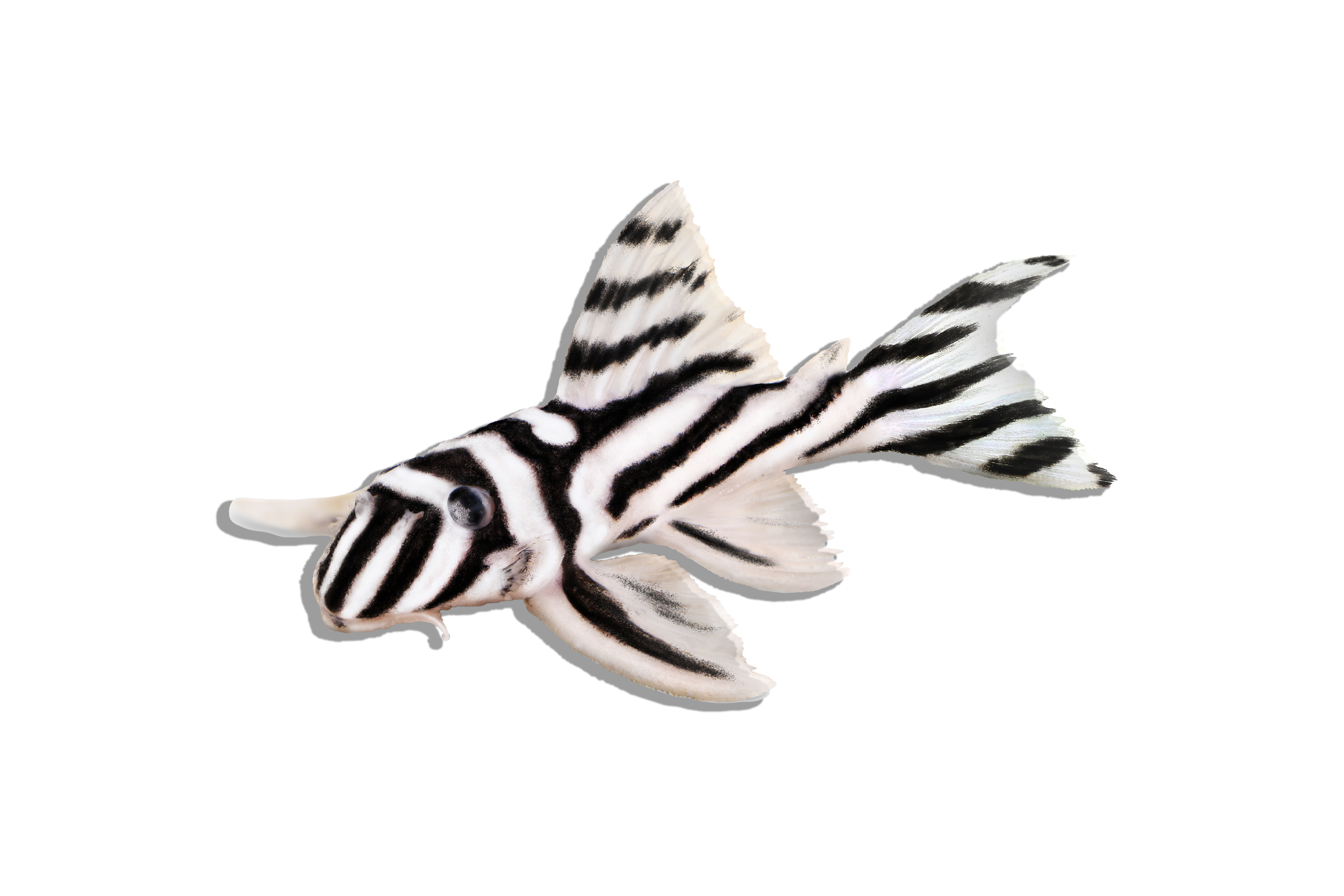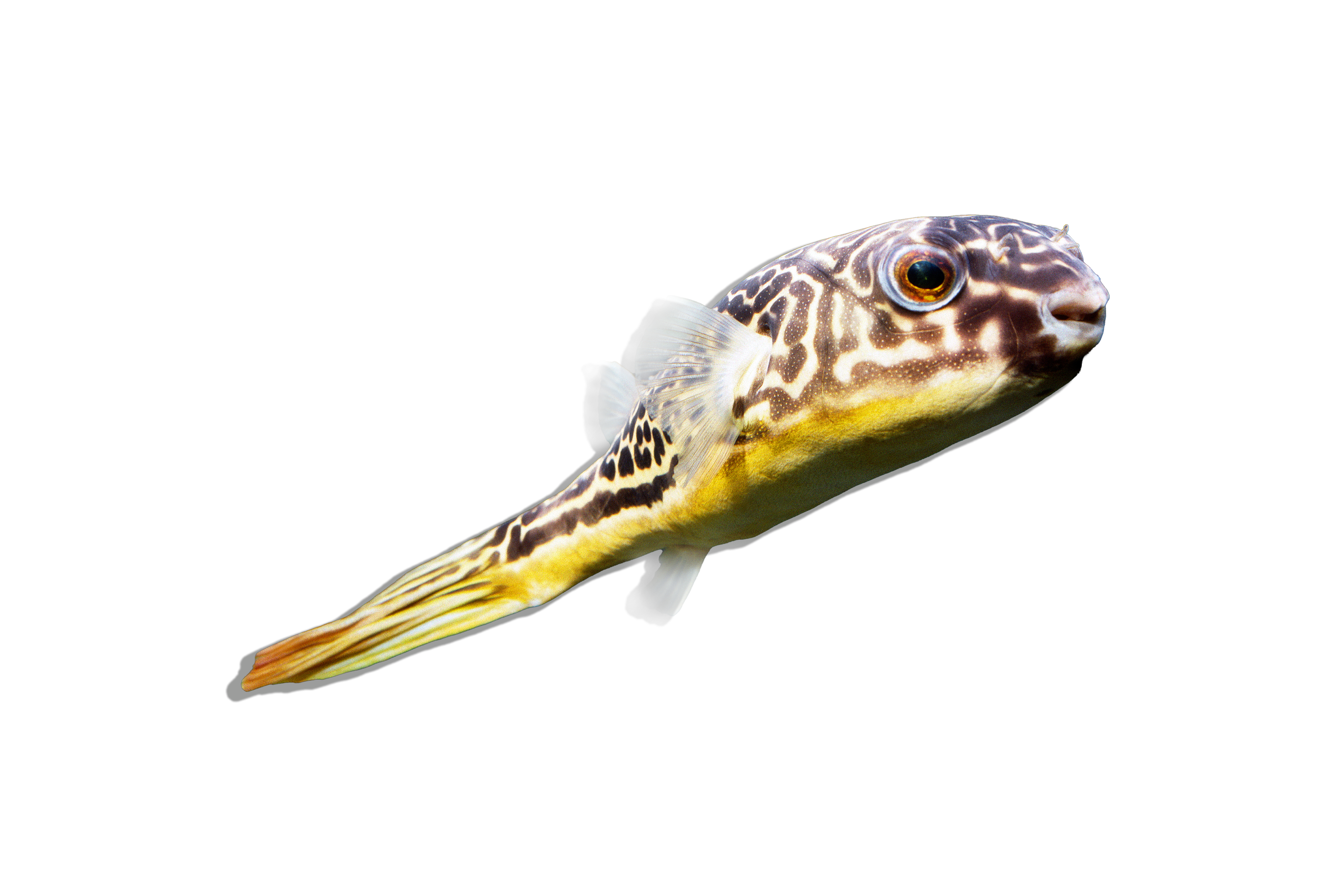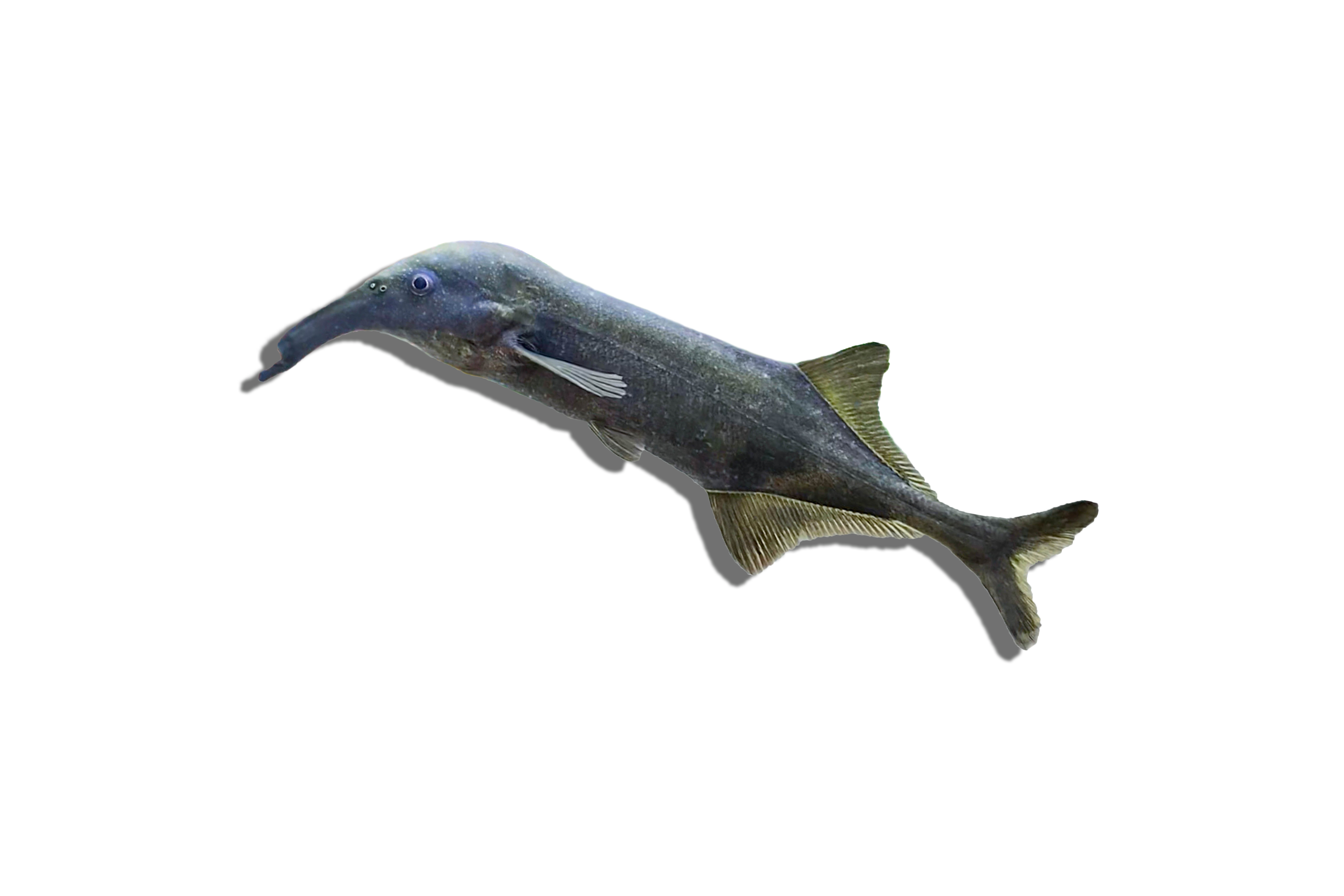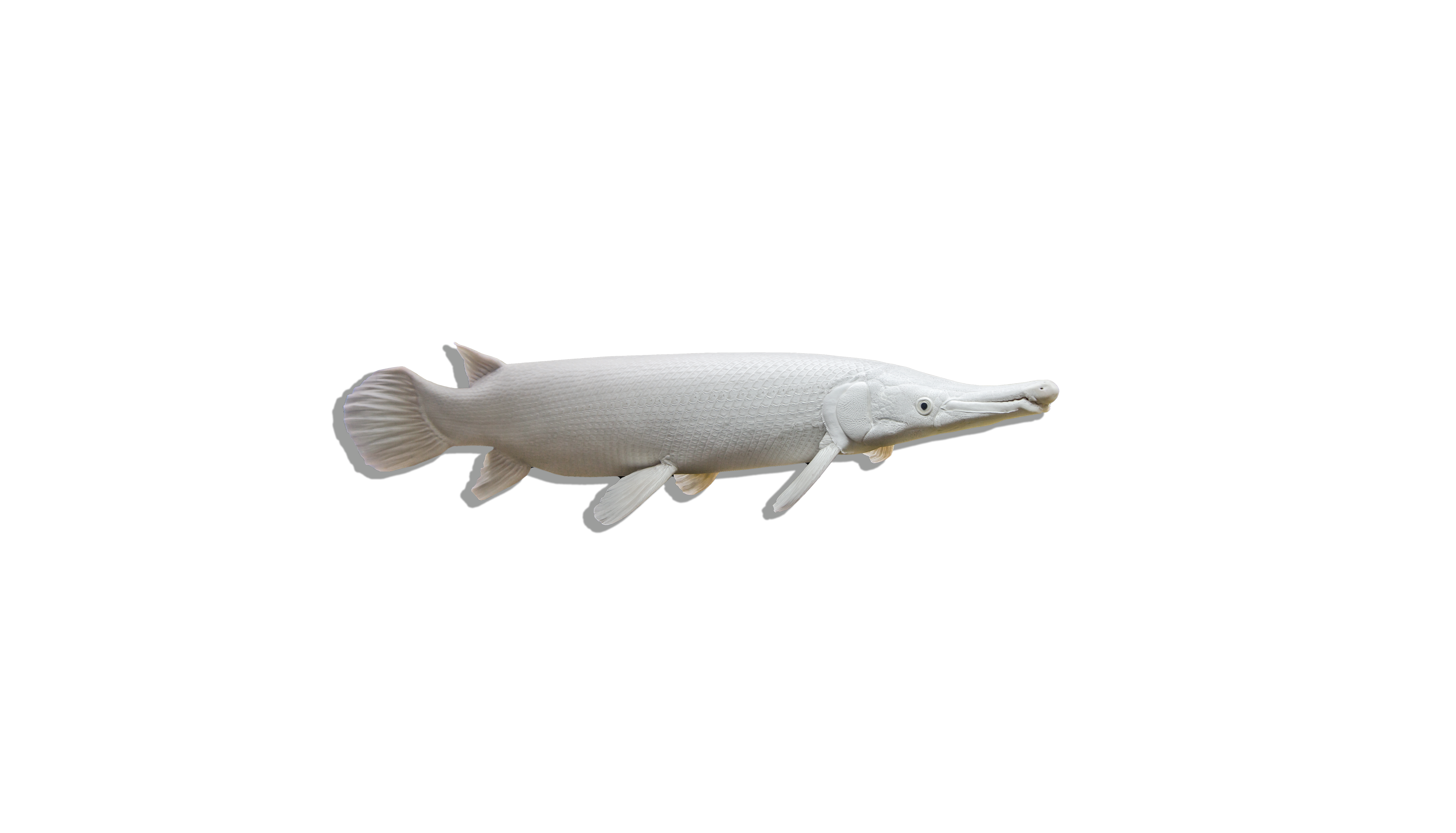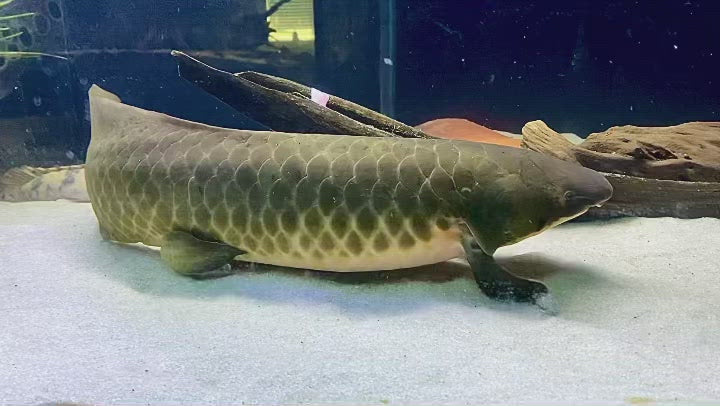Description
THIS ITEM IS NOT ELIGIBLE FOR ANY DISCOUNTS
Arriving October 2024
Common Name: Australian Lungfish
Scientific Name: Neoceratodus forsteri
Other Names: Queensland Lungfish
The Australian Lungfish, Neoceratodus forsteri, is one of the most highly prized and sought-after species for serious aquarists. They are a unique and ancient fish species known for their ability to breathe air using a single lung, in addition to gills. This prehistoric species has a long, eel-like body with large, paddle-like lobed pectoral fins and a dorsal fin that runs along the length of its back. Its coloration is generally olive-green to brown, with a paler underside. The Australian lungfish is classified as a lobed-finned fish, part of the group Sarcopterygii, which is distinguished by the unique structure of their fins. Unlike the more common ray-finned fishes (Actinopterygii), which have fins supported by thin, bony spines or rays, lobed-finned fishes have fins that are supported by a central bone surrounded by muscle and a series of smaller bones. This distinctive feature gives the group its name, as the fins resemble "lobes" extending from the body. The lobed fins of the Australian lungfish are of significant evolutionary interest because they provide insights into the transition from aquatic to terrestrial life. The structural design of lobed fins offers a functional advantage in shallow water and muddy environments, where the ability to "walk" or push off the substrate can be beneficial for navigating through vegetation or finding food. This capability is considered a crucial evolutionary step towards the development of limbs in the first terrestrial vertebrates (tetrapods). The Australian lungfish is particularly interesting because it is one of the few remaining species of Sarcopterygii, a group that once included a diverse array of species. Its biology and morphology provide valuable clues about the early evolution of vertebrates and the adaptation of life from water to land. The lungfish's combination of breathing air through lungs and having lobed fins places it in a unique position in the evolutionary tree, bridging aquatic and terrestrial life forms.
Habitat and Distribution:
Native exclusively to Australia, the Queensland Lungfish is found in slow-moving rivers, still waterways, and reservoirs of southeastern Queensland, particularly in the Mary and Burnett River systems, but they can also be found in Brisbane, North Pine, Albert, and Logan River systems. It prefers habitats with abundant aquatic vegetation and a mud or sand bottom. The Australian lungfish is listed as a vulnerable species under the IUCN Red List, indicating it is at risk of becoming endangered unless the circumstances threatening its survival and reproduction improve. The primary threats to their population include habitat destruction due to dam construction, water pollution, and agricultural runoff. Conservation efforts are in place to protect their natural habitats and monitor their populations, which some estimate to be less than 5,000 individuals, but specific population numbers are challenging to determine.
Size and Lifespan:
The Australian Lungfish can grow quite large, reaching lengths of up to 5 feet and weights of over 40 pounds, although sizes around 3-4 feet are more common. It is also notable for its longevity, with individuals known to live for over 100 years.
Diet and Behavior:
This species is omnivorous, with a diet in the wild that includes aquatic plants, insects, crustaceans, worms, and small fish. In captivity they do well on a varied diet consisting mainly of protein-rich pellets and chopped raw fish such as tilapia, but they also enjoy occasional feedings of vegetables and fruits such as zucchini, carrots, apples, apricots, grapes, and figs to name a few. The Australian Lungfish is a slow mover and does not require a high level of oxygen, thanks to its ability to breathe air. It is generally solitary and nocturnal, becoming more active at night. Their feeding behavior is opportunistic, and they use their strong pectoral fins to maneuver on the bottom of their habitat while searching for food. They have a set of small, sharp teeth and a powerful jaw to crush hard-shelled prey.
Breeding and Reproduction:
Breeding occurs during the warmer months, from August to December. The Australian Lungfish lays its eggs amongst aquatic vegetation, where they are left to hatch without parental care. Unlike many other lungfish species, Neoceratodus forsteri does not build a nest or burrow.
Aquarium Care and Tank Requirements:
Due to their large size and long lifespan, Australian Lungfish require a very large aquarium or pond, with a minimum size of 500 gallons recommended for an adult, although larger is preferable. The habitat should include plenty of space for swimming, along with a soft substrate and aquatic plants. The tank must have a secure lid, but ample space must be left between the water surface and lid to allow them to surface and breathe.
Ideal Tank Mates:
Given its size and dietary habits, the Australian Lungfish should only be kept with large, peaceful fish that cannot be easily swallowed. However, due to its specific needs and potential size, it is often kept alone.
Difficulty Level:
Expert. The Australian Lungfish's large size, specialized environmental needs, and potential for a very long lifespan make it suitable for experienced aquarists or public aquariums.
Water Parameters:
- Temperature: 68-82°F
- pH: 6.5-7.5
- General Hardness (GH): Moderate
- Carbonate Hardness (KH): Low to Moderate
- Ammonia: 0 ppm
- Nitrite: 0 ppm
- Nitrate: <20 ppm
Additional Information:
- The Australian Lungfish is considered a "living fossil," with a lineage that dates back over 100 million years.
- Australian Lungfish are protected under Australian law, and international trade is regulated by CITES (the Convention on International Trade in Endangered Species of Wild Fauna and Flora), making it illegal to capture or export without a permit.
Tips For Raising Juvenile Australian Lungfish:
Caring for juvenile Australian Lungfish is an engaging and rewarding endeavor, but it requires a dedicated approach to ensure their health and growth. These prehistoric fish are relatively straightforward to care for, with their hardy nature making them a robust addition to your aquarium. However, it's crucial to provide an environment tailored to their unique needs during their juvenile stage.
When raising juvenile Australian Lungfish, isolation is key. Keeping them alone until they reach a size of 7-8 inches is advisable, but allowing them to grow larger than a foot in solitude is even better. This isolation period is crucial for their well-being and helps prevent stress and potential injury from other tank mates. Once they surpass this size, Australian Lungfish are versatile and can coexist with a variety of other species, provided those species are chosen with care and consideration.
Australian Lungfish are not particularly demanding regarding water temperature or specific parameters. Their diet at a juvenile stage should consist predominantly of high-quality protein-rich pellets and frozen foods, although they are generally not fussy eaters and will accept most types of foods.
A key aspect of juvenile Australian Lungfish care is the prevention of bacterial infections, which can arise from their messy eating habits. Regular tank maintenance is essential to manage waste and prevent the accumulation of harmful bacteria. A 20-50 gallon tank is recommended for juveniles, with a fine sand substrate to mimic their natural habitat, though a bare bottom tank is also acceptable. Lighting should be kept dim, and floating plants are recommended for cover and comfort, whether live or artificial, but they should not clutter the tank. Overfeeding should be avoided to reduce waste, and a light vacuum of the tank every other day is advisable to keep the environment clean and healthy.
Lastly, juvenile Australian Lungfish are notably skittish, and their tanks should be furnished with this in mind. Avoid blunt rocks and driftwood that could cause injury during their sudden, darting movements. Smooth and soft surfaces are crucial to prevent accidents, ensuring a safe environment for these young fish to thrive.
By adhering to these guidelines, you can provide a nurturing environment for your juvenile Australian Lungfish, setting the stage for a healthy and long-lived aquatic companion.

